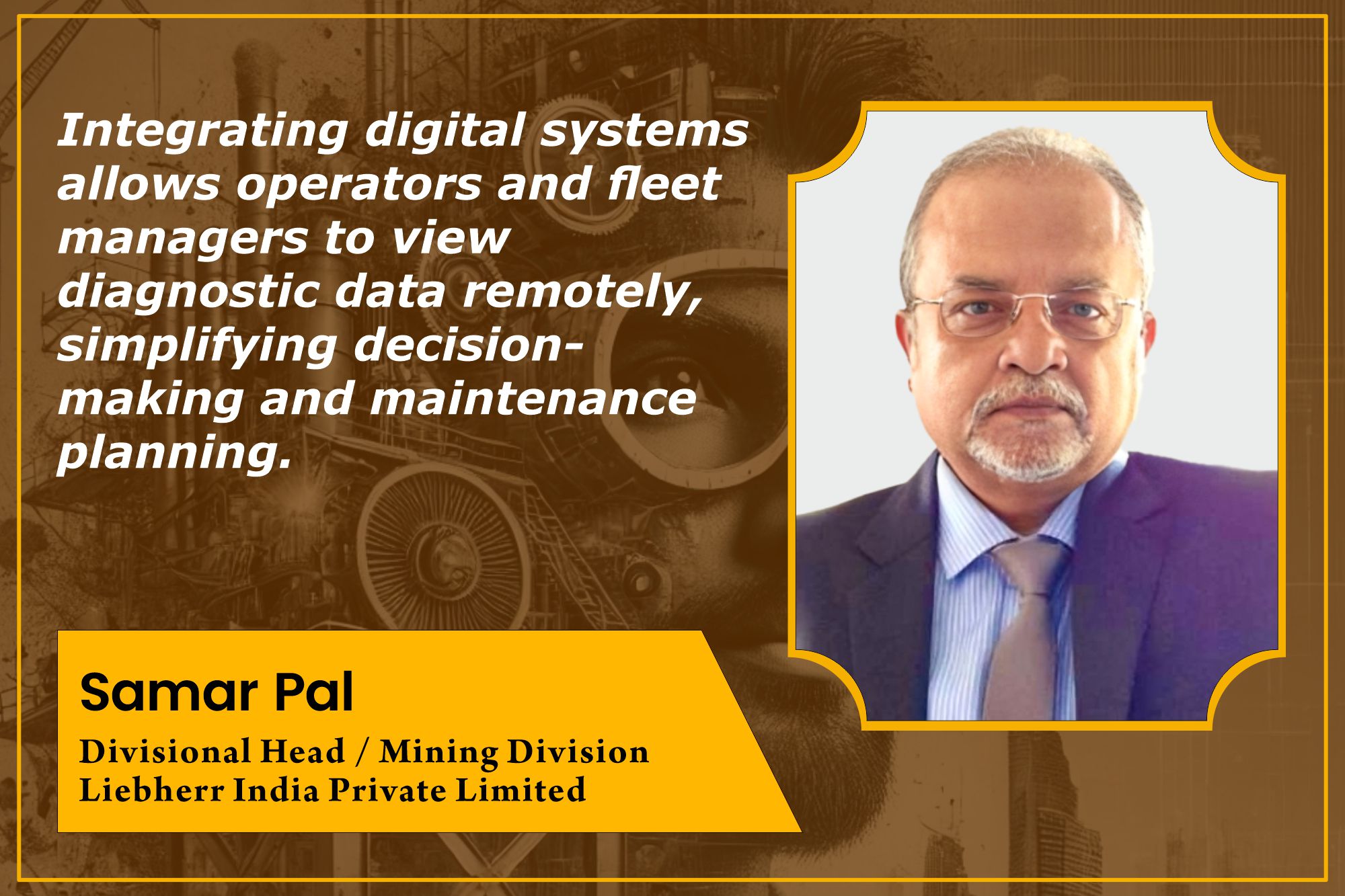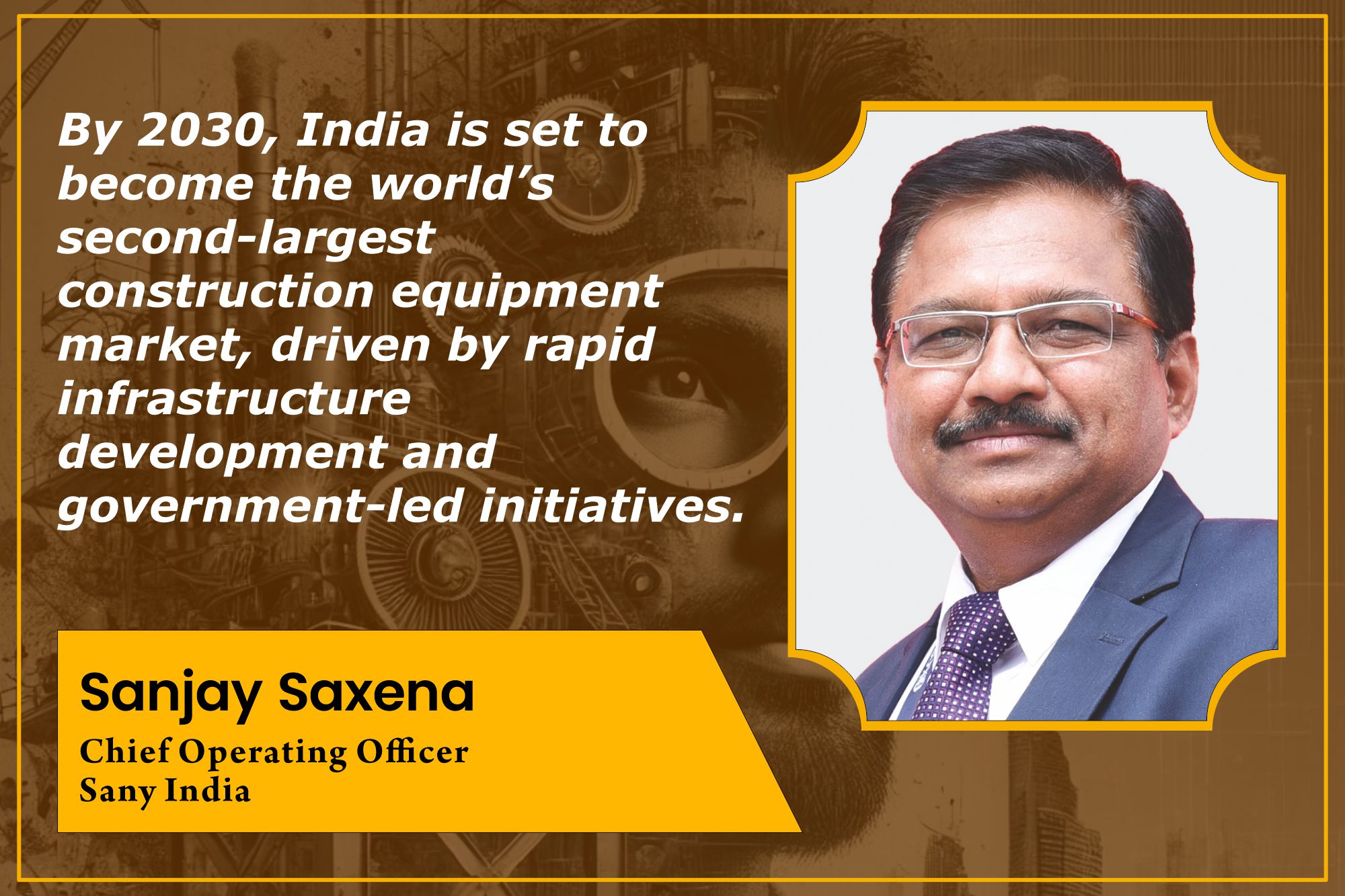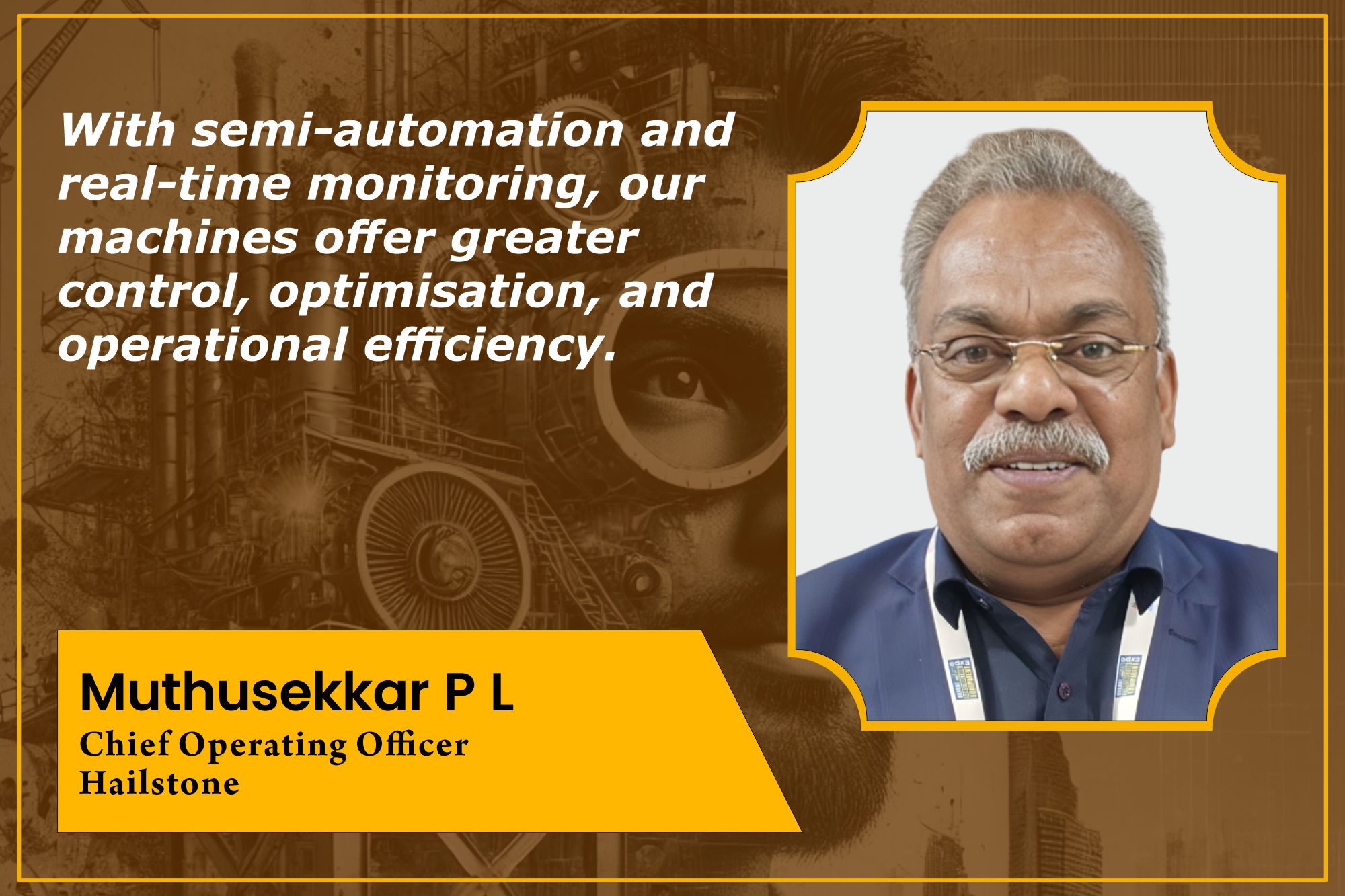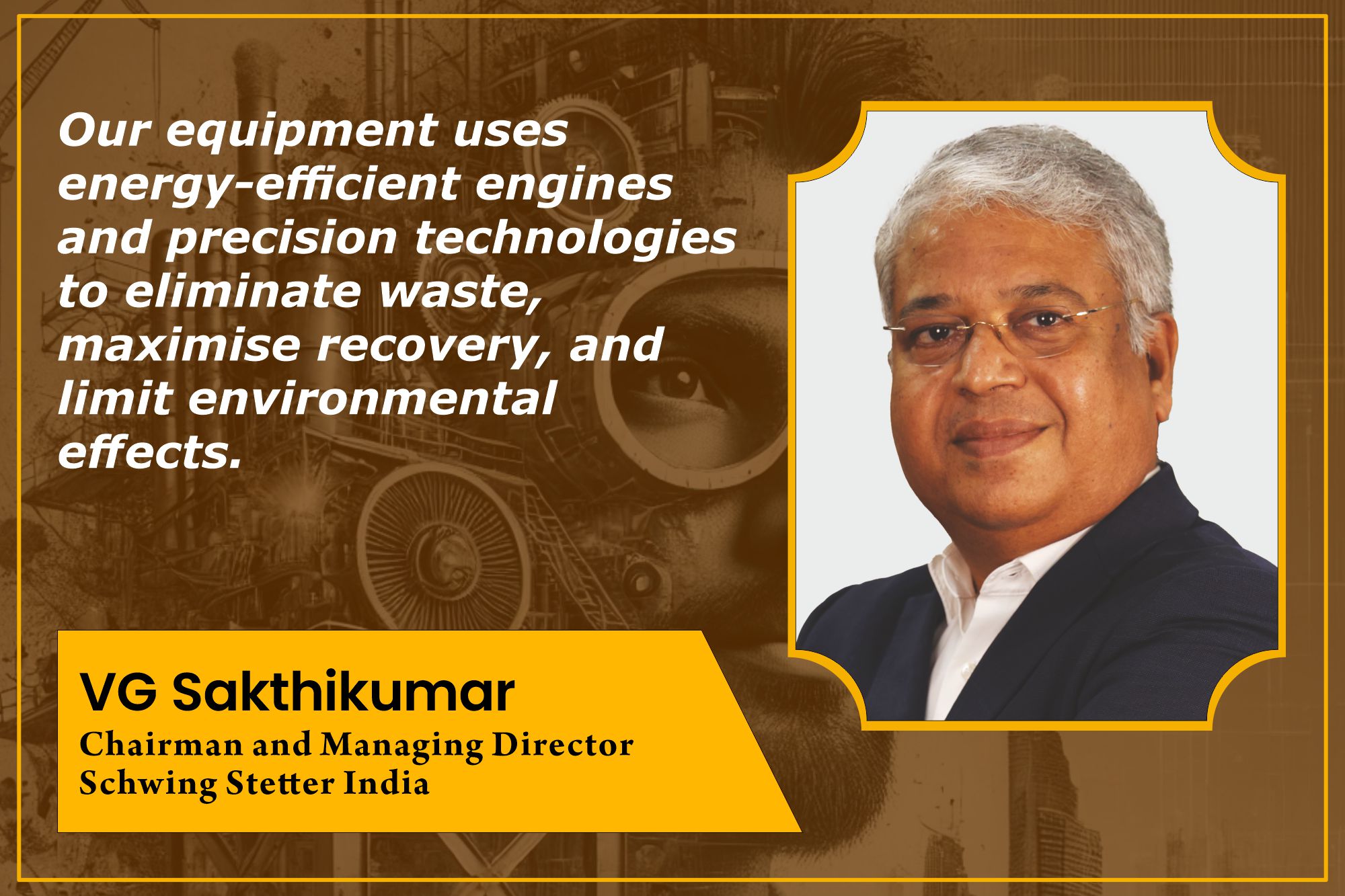Digital systems enabling remote diagnostics and simplified maintenance planning
By Staff Report | February 11, 2025 7:22 pm SHARE

This article explores the most recent improvements in mining equipment, demonstrating how these technologies improve performance, assure worker safety, and comply with regulations, all while promoting the industry’s greener and more sustainable future.
How do your mining machines handle extreme conditions like temperature, dust, or altitude, and what ensures their long-term durability?
Mining machinery is built to withstand intense temperatures, dusty conditions, and high altitudes. Advanced cooling systems provide dependable performance in intense heat, while insulated components and preheating systems aid in cold weather operations. Dust-resistant seals and filtration systems shield key components from pollution, lowering wear and maintenance requirements. High-altitude engines are designed to maintain power and efficiency despite decreasing oxygen levels. Durable construction materials, reinforced frames, and wear-resistant components extend the machines’ lifespan, ensuring dependable operation and little downtime in harsh environments.
What advancements in maintenance, like predictive features or diagnostics, help minimise downtime and boost efficiency?
Our mining excavators and trucks use cutting-edge technologies, like predictive maintenance and real-time diagnostics. These systems use modern sensors, telematics, and data analytics to check equipment health continuously. Our Remote Monitoring System (RMS) delivers real-time insights into operating data, allowing us to spot possible problems before they cause difficulties. Features such as automatic lubrication systems and condition-based alerts ensure that components are serviced optimally, reducing downtime. Integrating digital systems like “My Liebherr” enables operators and fleet managers to view diagnostic data remotely, simplifying decision-making and maintenance planning. These advances decrease unexpected breakdowns, boost machine uptime, and dramatically improve operational efficiency.
How are 3D imaging and remote sensing integrated into mining, and what benefits do they offer for planning, mapping, and exploration?
Our mining excavators and trucks use 3D imaging and remote sensing technology to improve planning, mapping, and exploration. These tools are built into equipment systems to provide detailed terrain analysis and real-time data for better load-and-haul methods. Our onboard cameras and LiDAT data platform collect and analyse 3D spatial data, allowing for accurate mapping of mine sites and real-time decision-making. Remote sensing technologies increase mineral identification and geotechnical assessments, allowing for more precise excavation while reducing material waste. These innovations improve operating efficiency, reduce environmental impact, and promote safer and more accurate mining methods.
How does your equipment contribute to reducing waste and improving material recovery rates? Are there innovations in mining processes related to recycling, water conservation, or energy use?
We help to reduce waste and improve resource recovery through innovative design and modern technology. Precise digging and loading technologies prevent over-digging and material contamination, ensuring that high-grade ore is efficiently separated from waste. The equipment’s fuel-efficient engines and electric drive choices reduce energy consumption and greenhouse gas emissions, promoting environmentally friendly operations. We also use modern hydraulic systems to conserve energy, and water-cooled components improve efficiency and reduce waste heat. Recycling measures, such as the reuse of worn parts and the use of environmentally friendly materials, help to promote sustainability. These technologies improve resource utilisation, reduce operational costs, and promote ecologically responsible mining operations.
What safety protocols have you implemented in your mining equipment to protect workers, especially in challenging environments?
We prioritise worker safety with robust standards and modern technologies, ensuring protection even in harsh conditions. Ergonomic cab designs with reinforced frames help protect operators from rollovers and falling debris. Comprehensive visibility systems, such as 360-degree cameras and proximity detection sensors, aid collision avoidance and situational awareness. We combine fatigue monitoring systems with automated support features such as autonomous haulage solutions to reduce human error and improve operational safety. Furthermore, remote control and teleoperation capabilities allow people to operate machines from a safe distance in dangerous environments. These procedures, taken together, protect personnel and guarantee that mining operations adhere to high safety regulations.
What key regulatory challenges do mining equipment manufacturers face today, and how is your company addressing them?
Mining equipment manufacturers, including ourselves, have significant regulatory constraints regarding emissions regulations, sustainability, and worker safety compliance. To meet rigorous emissions laws, we use low-emission engines, electric drive systems, and fuel-efficient technology that meet international environmental standards. To achieve sustainability, we invest in energy-efficient technology, renewable energy solutions, and recycling activities that fit our carbon reduction targets. We adhere to international and regional safety norms by combining modern operator protection systems, automation technologies, and fatigue monitoring solutions. These proactive steps fulfil regulatory expectations while reinforcing our commitment to responsible and sustainable mining practices.
For more information, visit: https://www.liebherr.com/en-in/mining-equipment/mining-equipment-4198916
Cookie Consent
We use cookies to personalize your experience. By continuing to visit this website you agree to our Terms & Conditions, Privacy Policy and Cookie Policy.



















